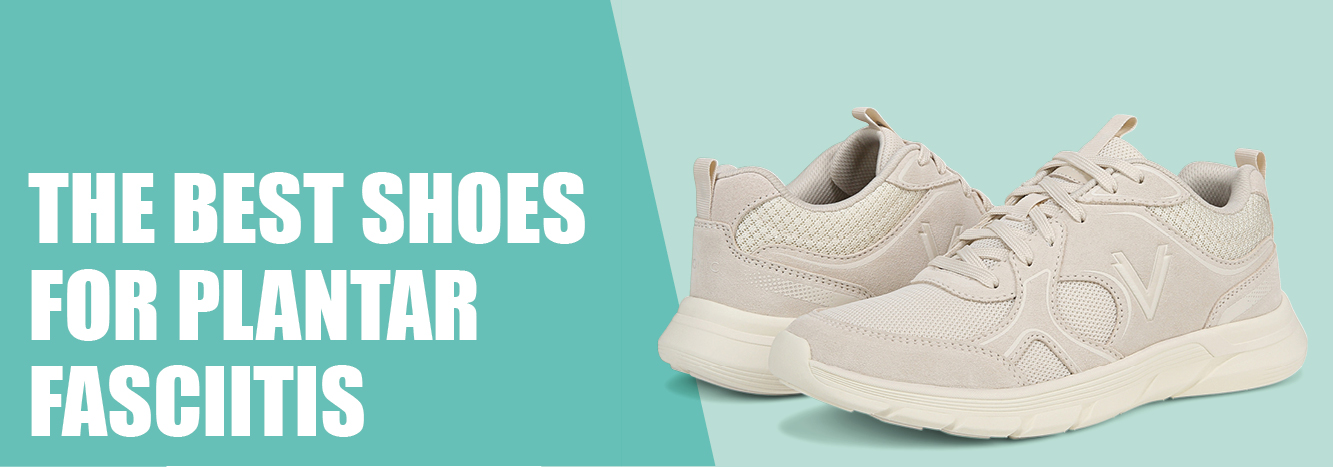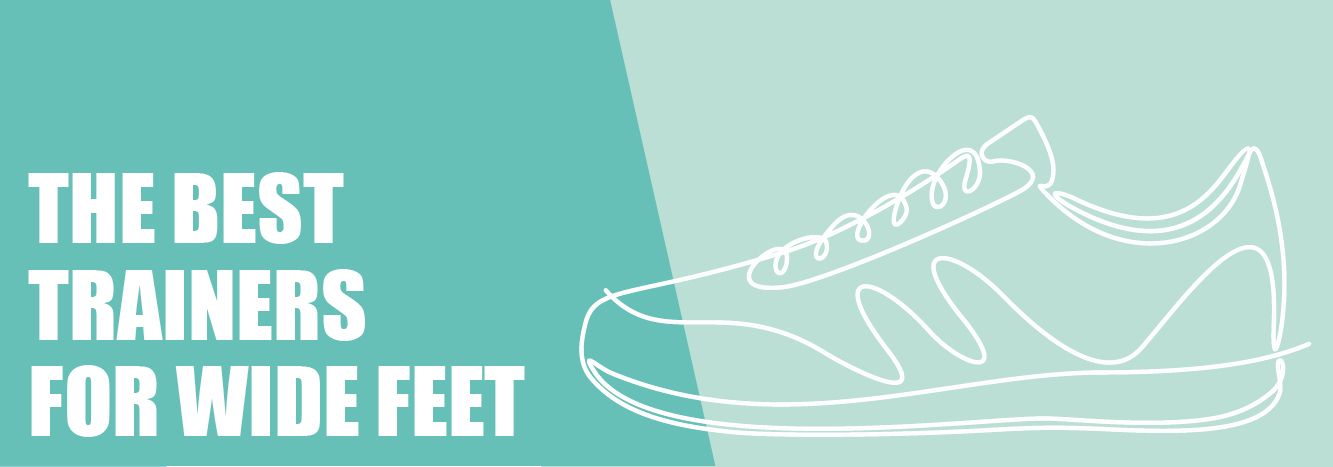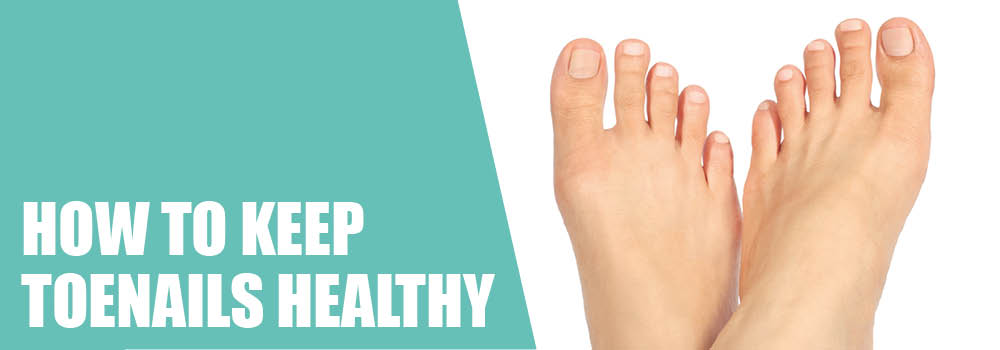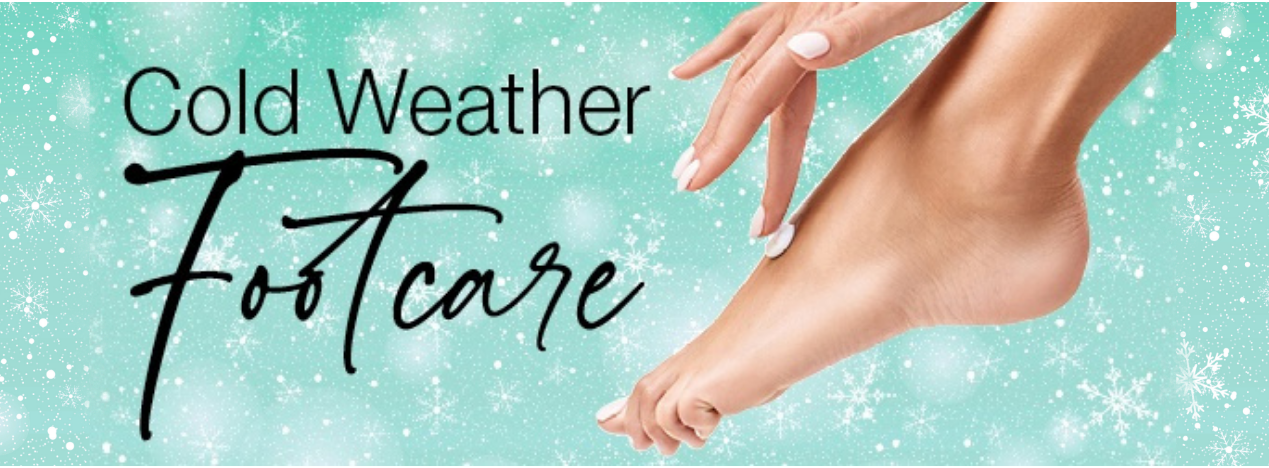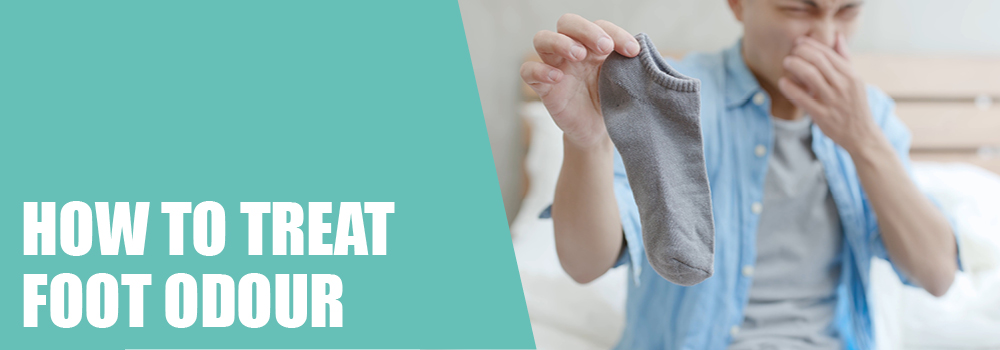How do blister plasters work
- Mrs G
- Simply Feet Blog
- 5 Feb 2024
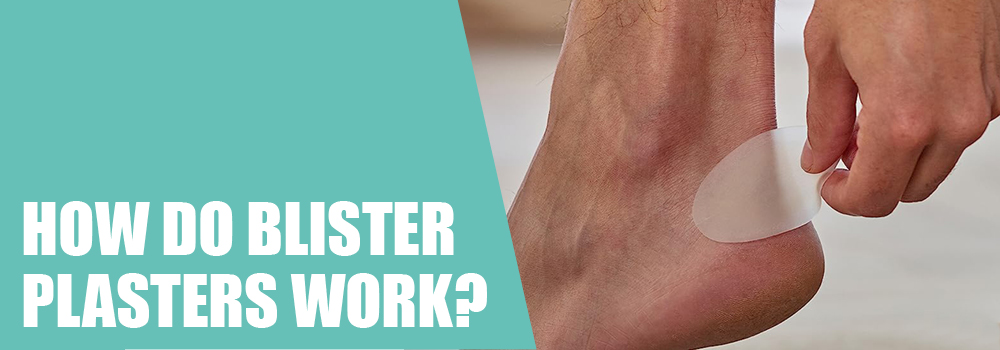
How do blister plasters work
We’ve all been there! One minute you’re happily strolling along admiring your new shoes, and the next you start to feel them rubbing and you know exactly what you’ll find on your foot. Believe it or not, blisters on your feet actually form to protect damaged skin, most commonly caused by friction. They are little pockets of clear fluid under a layer of skin and, although it may be tempting to pop or peel them, it's best not to do so. When kept clean and protected, blisters are not usually serious and will heal within a week or so. Our expert’s advice is to use a blister plaster to protect the area from dirt and avoid infection. How do blister plasters work? Find out all you need below.
Blister plasters work by absorbing fluid, cushioning the affected area, and protecting it from further damage. In this article, Simply Feet’s in-house podiatrist explains in more detail how blister plasters work and how they can help you.
What are blister plasters
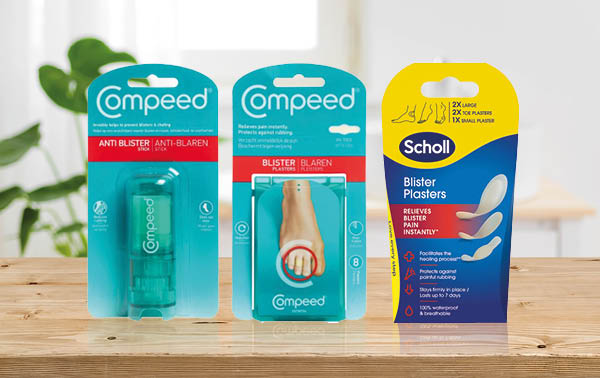

Blister plasters are made from a hydrocolloid layer with a protective polyurethane film which holds it in place.
What is the difference between normal plasters and blister plasters
Plasters come in all shapes and sizes and are designed for cuts and grazes. There are many options on the market including fabric, waterproof or special plasters for sensitive skin. Whichever variety you choose, they all keep wounds clean and help to prevent infection. When used on blisters, normal plasters will dry the area out and cause a scab. They aren’t designed to withstand friction so will often fall off, leaving the area unprotected and delaying the healing process.
You may have noticed that waterproof plasters will often cause something called maceration, which is that soggy-looking pale white skin when you remove them. This means the skin has been exposed to moisture for too long. Whilst it’s usually nothing to worry about, it can prevent effective healing and increase the risk of infection in the area.
Blister plasters provide optimal conditions for a blister to heal, especially if it has opened. They stay in position better than a regular plaster and prevent new blisters from forming as well and helping existing blisters to heal. The padded gel layer provides extra cushioning, which reduces pressure on the blistered area, helps to relieve pain, and protects it from further irritation.
How do blister plasters work
- They are made from hydrocolloid material which absorbs excess fluid from the blister
- A blister forms to protect the underlying layer of skin, blister plasters aid moist wound healing
- They provide protection from friction and pressure
- They adhere to the skin so will not fall off during everyday activities or when wet
- They offer pain relief and aid healing
- They protect the wound to prevent of infection
- They offer easy application and removal
How long should you leave blister plasters on for?
Now this would depend on a number of factors, including the size of the blister and your own ability to heal (everyone heals differently). The blister plaster should be left in place until the edges start to peel away, or when the white bubble in the centre reaches the edge of the plaster. This can take several days.
Can you shower while wearing a blister plaster?
Absolutely! The protective polyurethane film makes it completely waterproof, while allowing the moisture inside the blister to evaporate.
When to use blister plasters
Blister plasters can be applied any time before a blister forms, as a preventative measure, after a blister appears, or even after a blister has burst.
Intact Blisters: Blister plasters are most effective when applied to intact blisters and ideally should be applied at the first sign of a blister being caused by friction, pressure, or irritation. Using a blister plaster can prevent it from getting worse.
Areas Prone to Friction: Blister plasters can be used as a preventative measure on areas prone to friction e.g. feet, heels, toes, or hands. Consider planning ahead and applying blister plasters if you are wearing new or ill-fitting footwear or taking part in an activity which might cause friction in those areas e.g. hiking or running.
New Footwear: Those lovely, shiny new shoes are sadly the most common cause of blisters. Blisters are caused by friction between shoes and feet. Wearing new shoes increases the chances of developing blisters. You can use blister plasters as a preventative measure until your shoes are worn in or have become more comfortable.
Immediate Pain Relief: If you already have a blister that is causing pain or discomfort, applying a blister plaster can provide immediate relief by reducing friction, pressure, and irritation on the blistered area.
Blister plasters are designed specifically for use on blisters, they are not meant for open wounds, cuts or burns.
Do not use a blister plaster if:
There are signs of infection - if the blister is hot and filled with pus rather than clear fluid, or if the surrounding skin is red and inflamed.
The blister itself or the area around it is dirty.
If you are diabetic. Due to the increased risk of circulation issues and nerve damage, which can lead to ulceration and poor wound healing, always take advise from your podiatrist or GP before using blister plasters.
For your safety and comfort, always follow the instructions provided by the manufacturer for proper application and usage of blister plasters.
Do blister plasters work on popped blisters?
Yes, they can be used on popped blisters, but do not intentionally pop a blister if the fluid inside is clean.
Pay particular attention to any signs of infection including increased pain, redness or swelling in the area.
What are the benefits of using blister plasters
Blister plasters offer several benefits for the management and treatment of blisters and related skin conditions:
- Cushioning and Protection: Blister plasters from Compeed or Scholl provide a cushioning effect that helps protect the blistered area from further friction, pressure, and irritation. This reduces pain and discomfort associated with movement.
- Moisture Balance: The hydrocolloid material in blister plasters absorbs excess moisture from the blister, creating a moist environment conducive to healing. This helps prevent the blister from drying out and promotes the natural healing process.
- Pain Relief: Blister plasters offer pain relief by reducing friction on the blistered skin. The cushioning effect helps alleviate discomfort and allows individuals to continue their daily activities without excessive pain.
- Optimal Healing Environment: The moist environment created by blister plasters supports the body's natural healing process. This environment facilitates cell regeneration and tissue repair, contributing to faster healing of the blister.
- Adherence and Flexibility: Blister plasters are designed to adhere securely to the skin, even in areas prone to movement and flexion. This ensures that the plaster stays in place, providing continuous protection to the blistered area.
- Prevention of Infection: By forming a protective barrier over the blister, blister plasters help prevent the entry of bacteria and other contaminants. This reduces the risk of infection and supports a clean healing process.
- Easy Application and Removal: Most blister plasters are designed for easy application, often featuring a peel-and-stick mechanism. Additionally, they are formulated to be easily removable without causing further trauma to the blistered skin.
- Versatility: Blister plasters are versatile and can be used on various parts of the body, including areas prone to friction and pressure. They are suitable for different types of blisters, such as those caused by shoes, sports equipment, or other sources of friction.
- Protection During Activity: Individuals can wear blister plasters during physical activities, such as sports or hiking, to protect blisters from worsening due to movement and external pressures.
- Promotes Faster Recovery: The combination of cushioning, moisture management, and protection offered by blister plasters contributes to a faster recovery from blisters compared to traditional methods of blister care.
How can blisters be prevented?
Blister plasters are ideal for preventing blisters and there are several other solutions that can also help keep blisters at bay:
- Buy Proper Footwear: Wearing comfortable, well-fitting footwear can help prevent blisters. Designed with your comfort in mind, Simply Feet offers an extensive collection of orthopaedic footwear for Women and Men.
- Break In New Shoes: Breaking in new shoes is always advised to prevent blisters. Whether than are running shoes, hiking boots or summer sandals, try wearing them for short periods to start with, building up the time as the shoes start to soften.
- Use Moisture Wicking Socks: Using moisture wicking socks to prevent blisters
- Use Blister-Prevention Socks: The gel lining in the Fitted Ankle Gel Blister Prevention Sock helps to protect and prevent friction and blisters from developing while the soothing mineral oil has been shown to soften and moisturise skin.
- Apply Anti Chafing Balms: Anti chafing balms help to prevent blisters, protecting at risk areas with a colourless lubricating film. Take a look at our Anti-Blister sticks Link to relevant products
- Use Orthotic Inserts And Cushioning: Orthotic insoles help support your feet through a range of foot conditions, including helping to prevent blisters, by creating optimal comfort and protection. With brands such as Vasyli and Vionic, insoles utilise advanced materials and innovative designs to ensure long-lasting support and stability.
- Maintain Good Foot Health And Hygiene: Maintaining good foot health and hygiene can help to prevent blisters. Simply Feet stocks a full range of footcare sets and solutions - from foot deodorants and fungal nail creams to nail files and peeling lotions. We have a range of products to keep your feet looking great and feeling healthy, all from well-known brands such as Gehwol and Scholl.
Simply feet blister protection
Blisters on the feet form to protect skin damaged by friction and to help it heal. These pockets of clear fluid should not be popped or peeled, and can be protected with a specially designed blister plaster which cushions the blister and surrounding area, aids healing, prevents infection and provides pain relief.
Take a look at our range of blister treatments and prevention options which can be used in conjunction with our footcare solutions, and extensive collection of orthopaedic footwear for Men and Women.
Simply Feet - your feet in expert hands,

